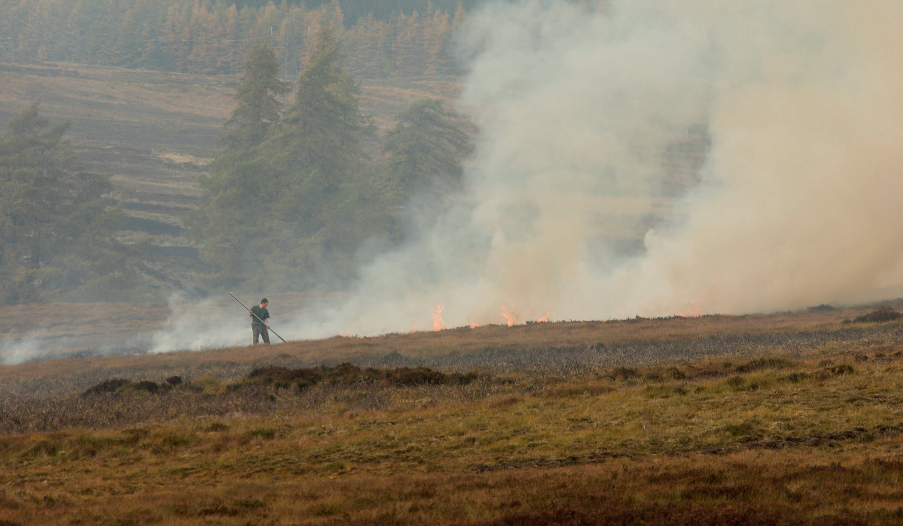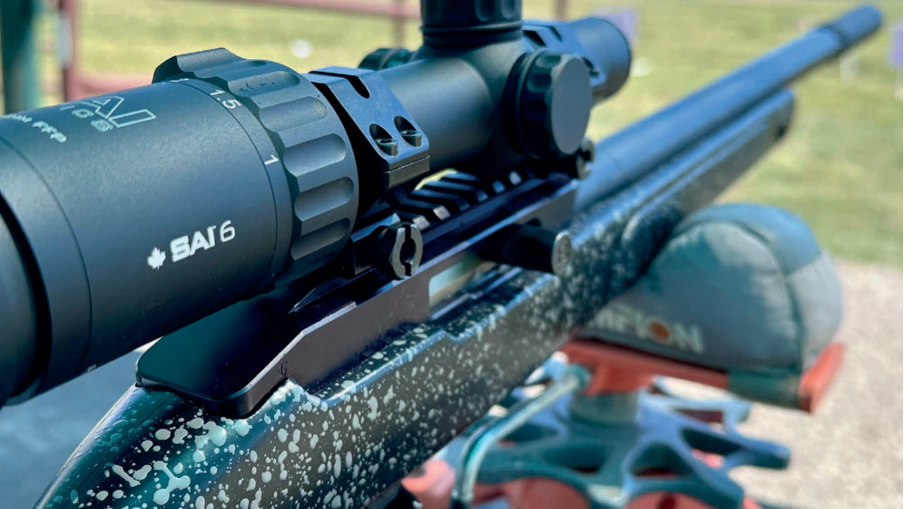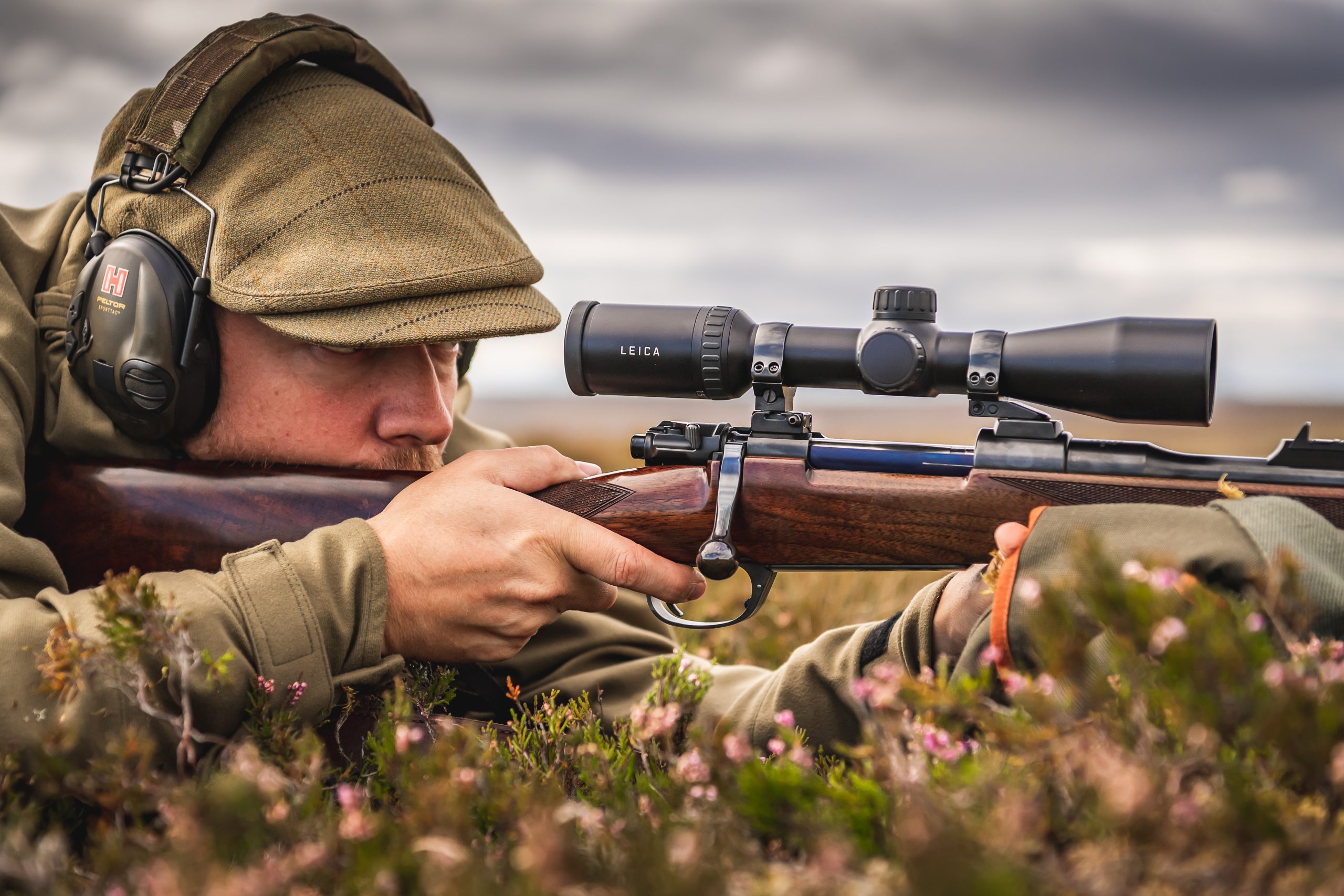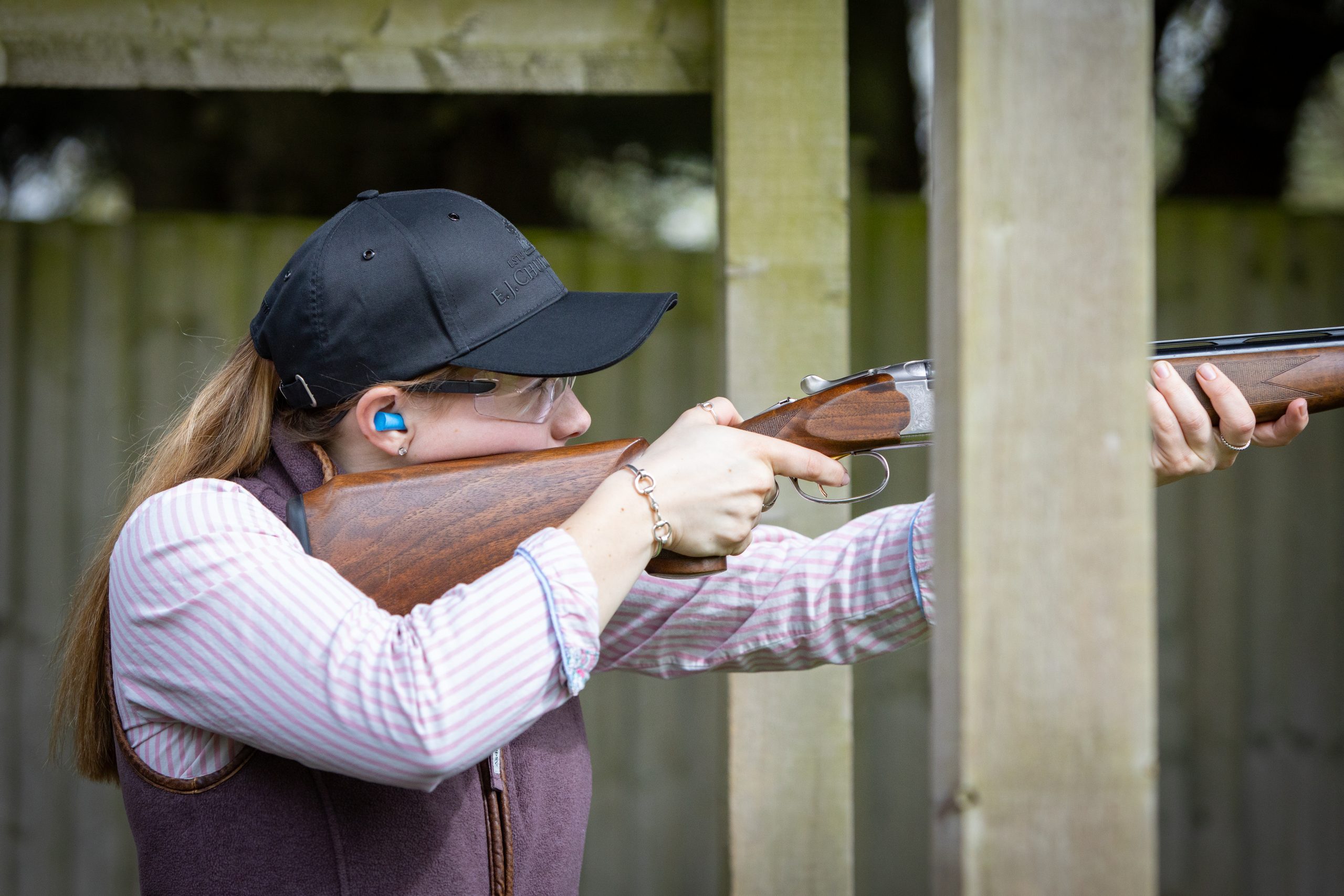Gear
Security cabinets – concealment is the thing
Would you like to appear on our site? We offer sponsored articles and advertising to put you in front of our readers. Find out more.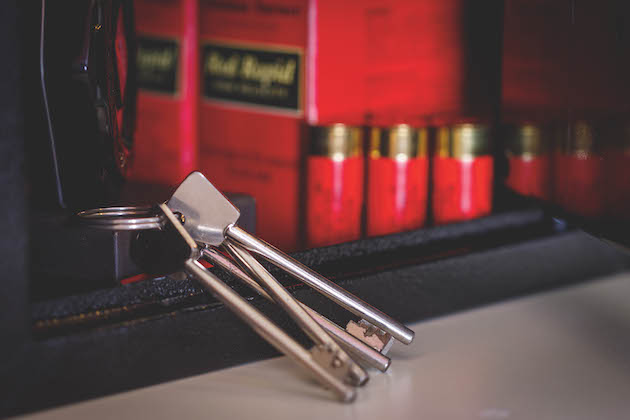 Keys in a seperate safe
Keys in a seperate safe
I am becoming a security addict. How else can I explain a predilection for reading BS 7558? That’s the British standard for gun cabinets. And then there is the 51-page Firearms Security Handbook, produced by the Firearms and Explosives Licensing Working Group. A riveting bedtime read. (Read our list of the best gun safes here.)
Gun safes classed as security cabinets
My affliction began when my old gun cabinet began to display signs of terminal decay. That is to say, the electric terminals on its digital keypad decayed and the nine-volt battery dropped out. I managed to bodge a repair, with several joints and the battery being taped to the outside of the locking device like a colostomy bag. It turns out that my particular gun cabinet doesn’t have an override key. I am entirely at the mercy of the dodgy electronic lock. This made me feel uneasy, so I looked for a new cabinet. Did you know that most gun cabinets are not classed as safes, but as mere ‘security cabinets’?
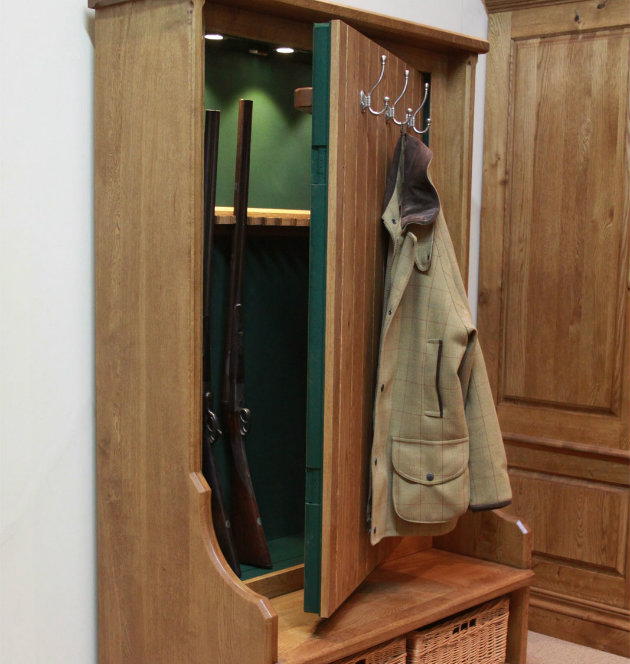
Clever and practical – this gun cabinet doubles up as a coat rack
Robust
Real safes are much more robust. The UK standard for gun cabinets specifies a minimum thickness of 2mm. In most cases this is perfectly adequate. Properly constructed, with an anti-jemmy design and good locks, it will deter an opportunistic burglar. But don’t kid yourself that it will foil a wrong ’un who is determined to get in. Modern cordless angle grinders, equipped with the right type of cutting blade, will slice through thin steel like butter. The same applies even to higher-specification gun cabinets, such as those made to meet German legislation. A determined thief equipped with power tools can get into almost any normal gun cabinet with relative ease. Yes, you should bolt the thing to a solid wall and floor, but as long as the body of the cabinet is made of relatively thin steel, it can be opened like a sardine tin.
Of course, the cutting makes a lot of noise and takes a certain amount of time. But then, if the scene of the crime is remote, how does that matter? In deep countryside, audible alarms are no deterrent. A dog might be more useful. There are very expensive systems that connect to a monitoring station, but even if the police are alerted, how likely are they to arrive before the bad guys have left with their loot? And what happens if you confront the baddies yourself? It’s not as though you can quickly grab a gun…
We live in a country where you can be let off for tipping a scheduled monument into a harbour, but if you shoot a burglar, the law may be less forgiving. I ended up buying two high-quality cabinets, requiring double-bitted keys operating eight-lever mechanical locks. My guns are broken down, with the components split between the two cabinets, which are bolted to each other, as well as to the walls and floor. The spare keys are kept in a proper high-security safe, which is itself hidden. And I have other security measures in place. Concealment seems to be the thing. A burglar cannot break into a gun cabinet if he can’t find it in the first place. The downside is that it now takes me a heck of a long time to get a gun when I want to go shooting.
Related articles
Gear product reviews
Beyond the scope
The latest riflescopes won’t break the bank and they offer the shooter a wide range of invaluable features, says Andrew McKean
By Time Well Spent
Gear
How deer hunters are rewriting the rules of twilight with HIKMICRO HABROK 4K
By Time Well Spent
Manage Consent
To provide the best experiences, we use technologies like cookies to store and/or access device information. Consenting to these technologies will allow us to process data such as browsing behavior or unique IDs on this site. Not consenting or withdrawing consent, may adversely affect certain features and functions.
Functional Always active
The technical storage or access is strictly necessary for the legitimate purpose of enabling the use of a specific service explicitly requested by the subscriber or user, or for the sole purpose of carrying out the transmission of a communication over an electronic communications network.
Preferences
The technical storage or access is necessary for the legitimate purpose of storing preferences that are not requested by the subscriber or user.
Statistics
The technical storage or access that is used exclusively for statistical purposes.
The technical storage or access that is used exclusively for anonymous statistical purposes. Without a subpoena, voluntary compliance on the part of your Internet Service Provider, or additional records from a third party, information stored or retrieved for this purpose alone cannot usually be used to identify you.
Marketing
The technical storage or access is required to create user profiles to send advertising, or to track the user on a website or across several websites for similar marketing purposes.

